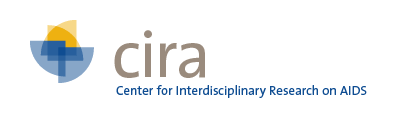| Abstract | Rural persons with HIV face barriers to care that may influence adoption of advances in therapy. We performed a retrospective cohort study to determine rural-urban variation in adoption of raltegravir-the first HIV integrase inhibitor-in national Veterans Afffairs (VA) healthcare. There were 1,222 veterans with clinical indication for raltegravir therapy at time of its FDA approval in October 2007, of whom 223 (19.1%) resided in rural areas. Urban persons were more likely than rural to initiate raltegravir within 180 days (17.3% vs. 11.2%, P = 0.02) and 360 days (27.5% vs. 19.7%, P = 0.02), but this gap narrowed slightly at 720 days (36.3% vs. 31.8%, P = 0.19). In multivariable analysis adjusting for patient characteristics, urban residence predicted raltegravir adoption within 180 days (odds ratio 1.72, 95% CI 1.09-2.70) and 360 days (OR 1.63, 95% CI 1.13-2.34), but not 720 days (OR 1.26, 95% CI 0.84-1.87). Efforts are needed to reduce geographic variation in adoption of advances in HIV therapy. |


